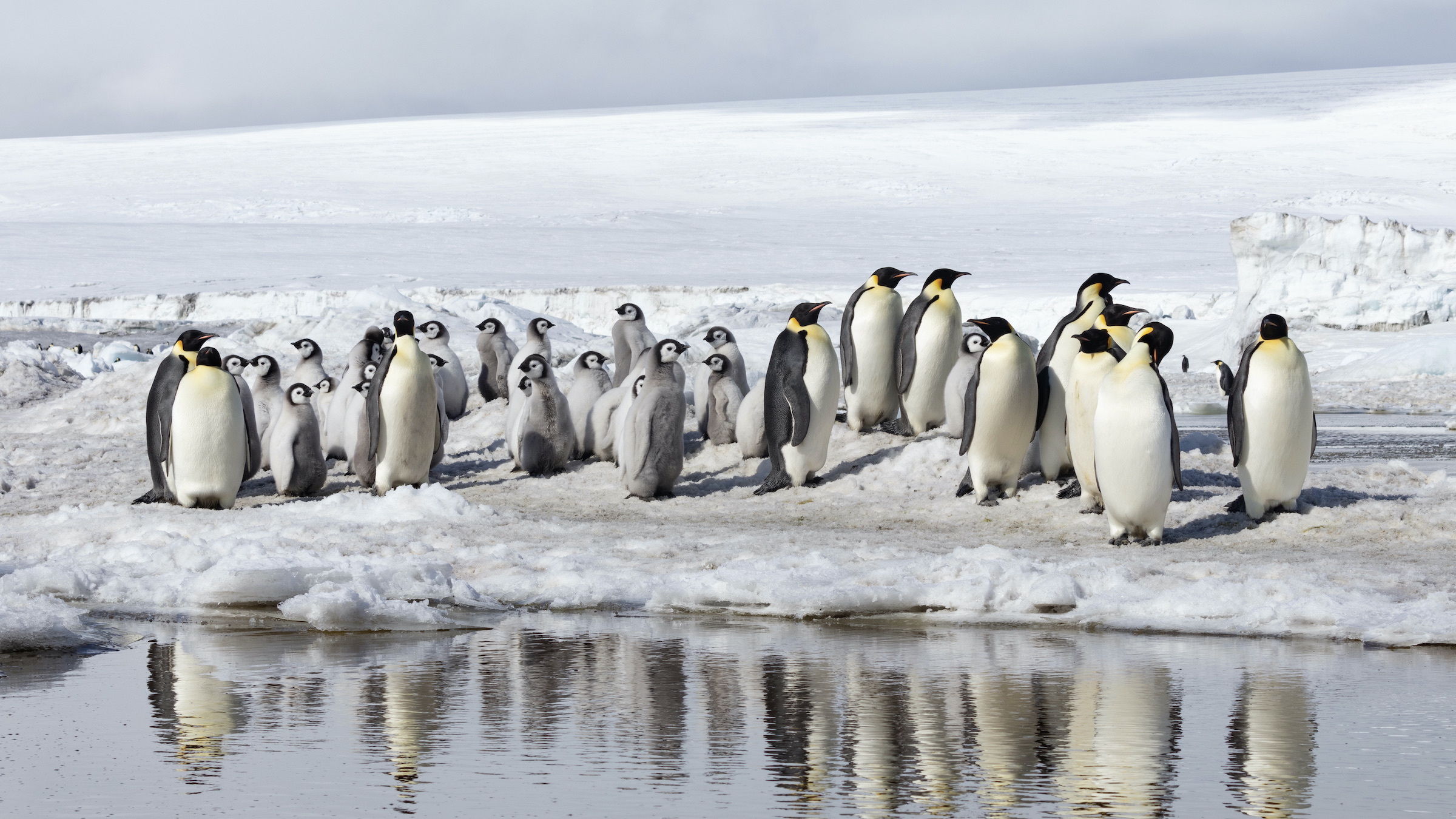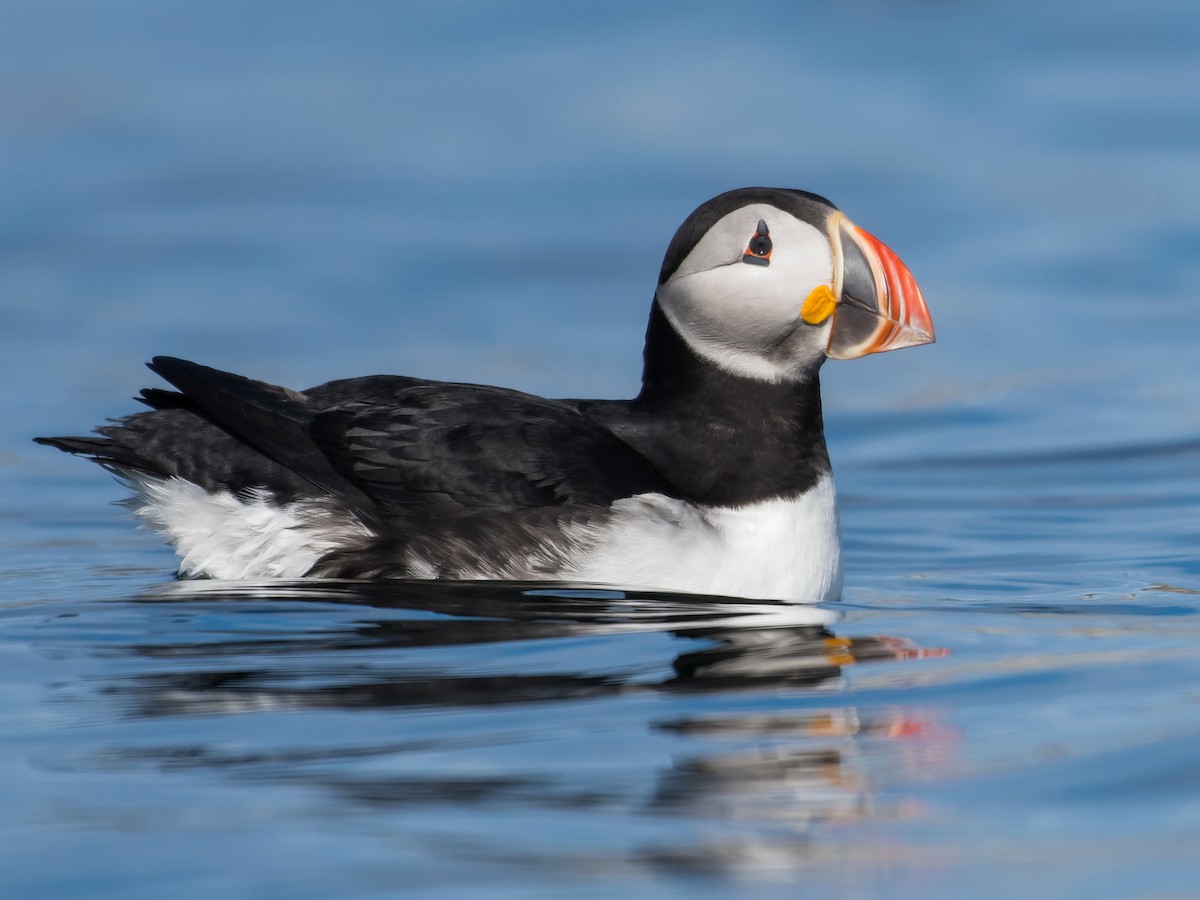Penguins and puffins are two fascinating birds that are often confused due to their similar black-and-white appearance. But they are very different in many ways. Penguins live in the Southern Hemisphere, mainly in Antarctica.
They are built for cold weather and spend a lot of time in the ocean. Puffins, on the other hand, inhabit the Northern Hemisphere, primarily near locations such as Iceland, Norway, and Canada. They nest on rocky cliffs and islands.
Penguins cannot fly. Their wings are shaped like flippers, which help them swim fast underwater. Puffins can fly and are very good at it. They flap their wings quickly and can reach high speeds in the air.
Both birds are excellent swimmers and eat fish. They are also known for their charming appearance and amusing gait. In this article, we'll explore how penguins and puffins are alike, how they differ, and answer the big question: can both fly?
What Are the Key Differences Between Penguins and Puffins?

Penguins and puffins are often confused due to their similar colours and aquatic nature, but they have unique adaptations, habitats, and behaviours that set them apart.
Key Differences Explained
| Aspect | Penguins | Puffins |
| Flight Ability | Flightless; use flippers for swimming | Capable of flight; excellent flyers |
| Size | Larger (33 cm to 122 cm; 1-40 kg) | Smaller (25-30 cm; ~0.5 kg) |
| Beak | Long, thin, curved; usually monochrome | Short, significant, colourful (changes seasonally) |
| Plumage | Black and white; streamlined | Black, white, grey; colourful face |
| Location | Southern Hemisphere (Antarctica, S. America) | Northern Hemisphere (North Atlantic/Pacific) |
| Swimming | Streamlined for deep diving and swimming | Use wings for 'flying' underwater; shallow dives |
| Diet | Fish, krill, other marine life | Small fish, marine invertebrates |
| Social Behavior | Large colonies; highly social | More minor colonies/pairs; social |
| Nesting/Breeding | Nests on ice, rocks; mate for life | Dig burrows; return to the same mate |
Flight
- Penguins are totally flightless and rely on their flippers to swim underwater.
- Puffins can fly and have strong wings to flap up to 400 times a minute, reaching speeds near 88 km/h.
Size and Shape
- Penguins are generally much larger and heavier than puffins, with some species reaching nearly four feet tall and weighing up to 40 kg.
- Puffins are smaller and lighter, measuring 25–30 cm in height and weighing approximately 0.5 kg.
Beak and Plumage
- Penguins have long, narrow, slightly curved beaks adapted for catching slippery prey.
- Puffins have distinctive, large, and brightly colored beaks that change colour with the seasons, contributing to their nickname "sea parrots".
Habitat and Distribution

- Penguins are found only in the Southern Hemisphere, with many adapted to cold Antarctic environments.
- Puffins live in the Northern Hemisphere, especially along northern coasts like Iceland, Canada, and the UK.
Swimming and Feeding
- Penguins are exceptional divers, often reaching great depths and swimming long distances underwater.
- Puffins dive for their food too, but mainly near the surface, and are skilled at catching small fish; however, they are not suited for deep dives.
Behaviour and Social Structure
- Penguins typically nest in enormous colonies* and have intricate social behaviours to survive their harsh environments.
- Puffins often nest in burrows on grassy cliffs, returning to the same partner and site each year; their colonies are typically smaller in size.
Visual Markers
- Penguins have a sleek silhouette, flipper-like wings, and monochrome beaks.
- Puffins stand out for their stout bodies, colourful facial patterns, and vibrantly coloured beaks and feet.
Penguin vs Puffin: Who Would Win?

| Trait | Penguin | Puffin |
| Size | Much larger | Much smaller |
| Swimming | Deep/long dives | Shallow dives |
| Flight | Flightless | Fast flyer |
| Strength | Stronger swimming muscles, dense bones, and a body built for power in the water. One source even states that an Emperor Penguin's slap has the same force as a middleweight boxer. | Lighter body built for flight. They have a powerful bite and can be pretty dominant. |
| Aggression | Can be aggressive, especially in breeding season. Chinstrap penguins are known to be the most aggressive. | Not typically aggressive towards humans, but can be dominant among their own kind, especially during feeding. |
In a direct contest, a penguin would win over a puffin due to its larger size, strength, and superior underwater abilities. Still, both excel in their own ecological niches and rarely encounter one another in the wild.
Strength and Size
- Penguins are significantly larger and heavier than puffins; the largest penguins (e.g., Emperor) can reach up to 122 cm (4 ft) and 40 kg, while puffins rarely exceed 30 cm and 0.5 kg.
- On land and in water, this size advantage means that penguins would physically dominate a puffin if a confrontation occurred.
Underwater Skills
- Penguins are expert swimmers, capable of deep dives (over 500 metres) and holding their breath for up to 20 minutes.
- Puffins are agile divers but typically remain near the surface and cannot match a penguin's deep diving strength or endurance.
Flight and Escape
- Puffins can fly, reaching speeds up to 88 km/h (55 mph), while penguins are completely flightless.
- In the air, a puffin would easily escape a penguin, as penguins have no means of pursuit outside water.
Aggressiveness and Combat
- Both species are not aggressive and are adapted for survival rather than direct combat—conflict between them is very unlikely.
- In their respective environments (penguins in the south, puffins in the north), each is the "winner" in survival* due to their specialised adaptations.
Ecological Perspective
- Penguins and puffins live in different hemispheres—penguins in the south, puffins in the north—so they never naturally compete.

Comments
All Comments (0)
Join the conversation